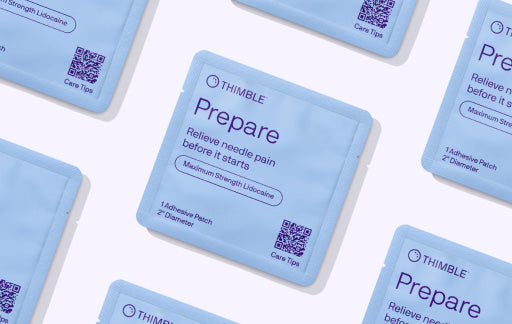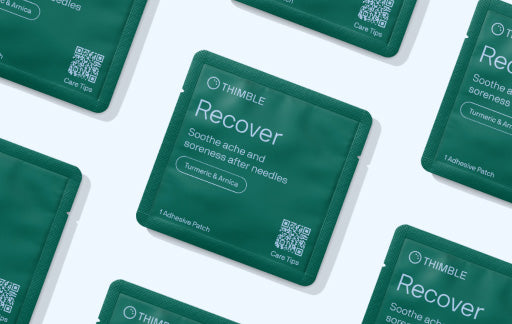I vividly remember the moment I developed a fear of needles.
As a kid I often had allergic reactions to antibiotics. And when I say often, I mean many times. And to different medications. The bubble gum Amoxillicin - yep (devastating). Sulfa - check, erythromycin - mmhmmm. The list continued - as did the rashes. A beautiful image, right?
My doctor thought maybe I had an allergy to a food that I commonly ate, and perhaps, it wasn’t the antibiotics at all. So off we went to the allergist to test for strawberries, chocolate and peanuts. My daily loves.
At the allergist they explained they would be using a panel of needles on my forearms to test for different allergens. Ok, sure. They were teeny needles and so many of them, but they didn’t hurt. I felt itchy but it didn’t bug me. Well, little did I know there were reactions they needed to explore further.
In walked 7 giant syringes (probably with a person, but that part has alluded me). They put the first one in my SHOULDER and I screamed. It hurt so much and they wanted to put in 6 more! They gave me break. I remember my mom telling me to be brave for the smaller girl in the room next door. Sorry little girl, didn’t happen. They held me down to finish the remaining shots.
I walked away with the antibiotic allergies I walked in with, and a big fat fear of needles. Thankfully, strawberries, chocolate & peanut butter weren’t the culprits. Upsides, right?
I’d love to say I was given tools to ease my needle anxiety after this experience, but I wasn’t. Were they available then? I’m not sure. But I do know they’re available now, and yet, we’re largely not using them. When I walk into the pediatrician’s office with my son, a lot of the same practices that caused so much trauma for me are still used today. I hope utilizing tips & tools for needle pain & fear like Thimble become the standard. Healthcare could be so much more compassionate.


